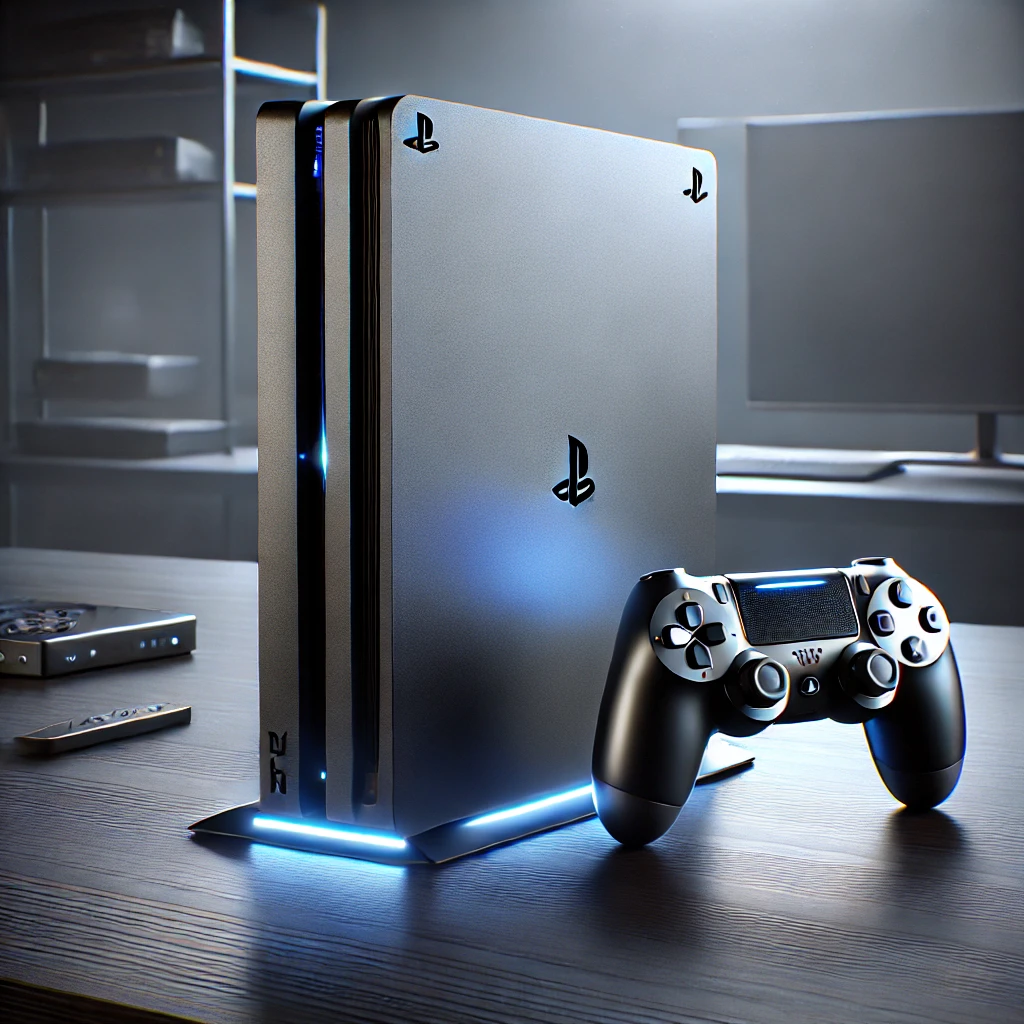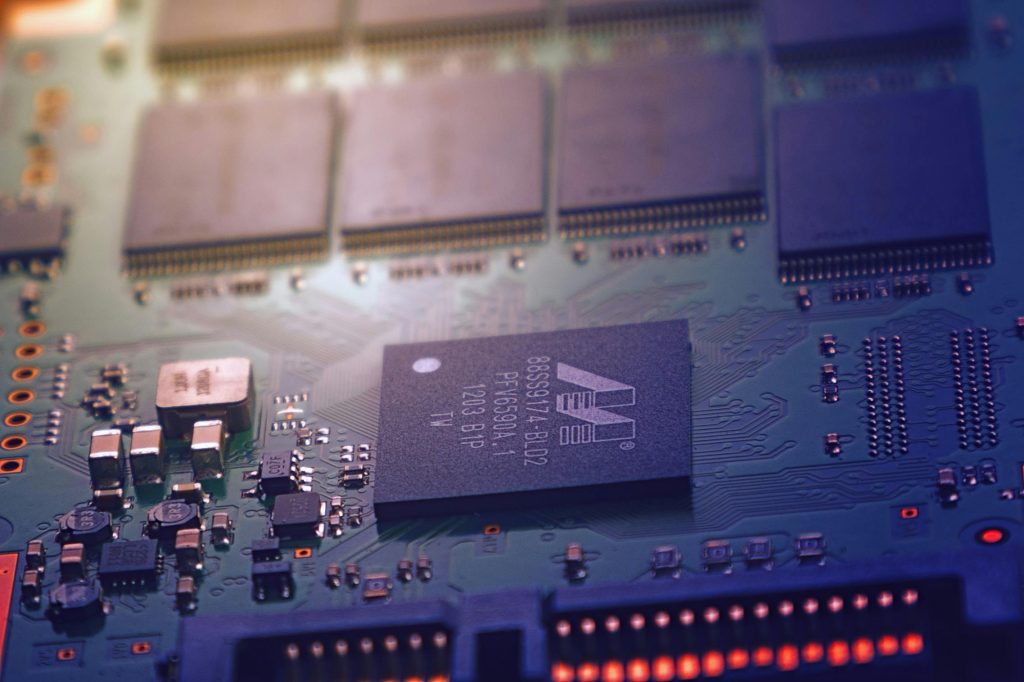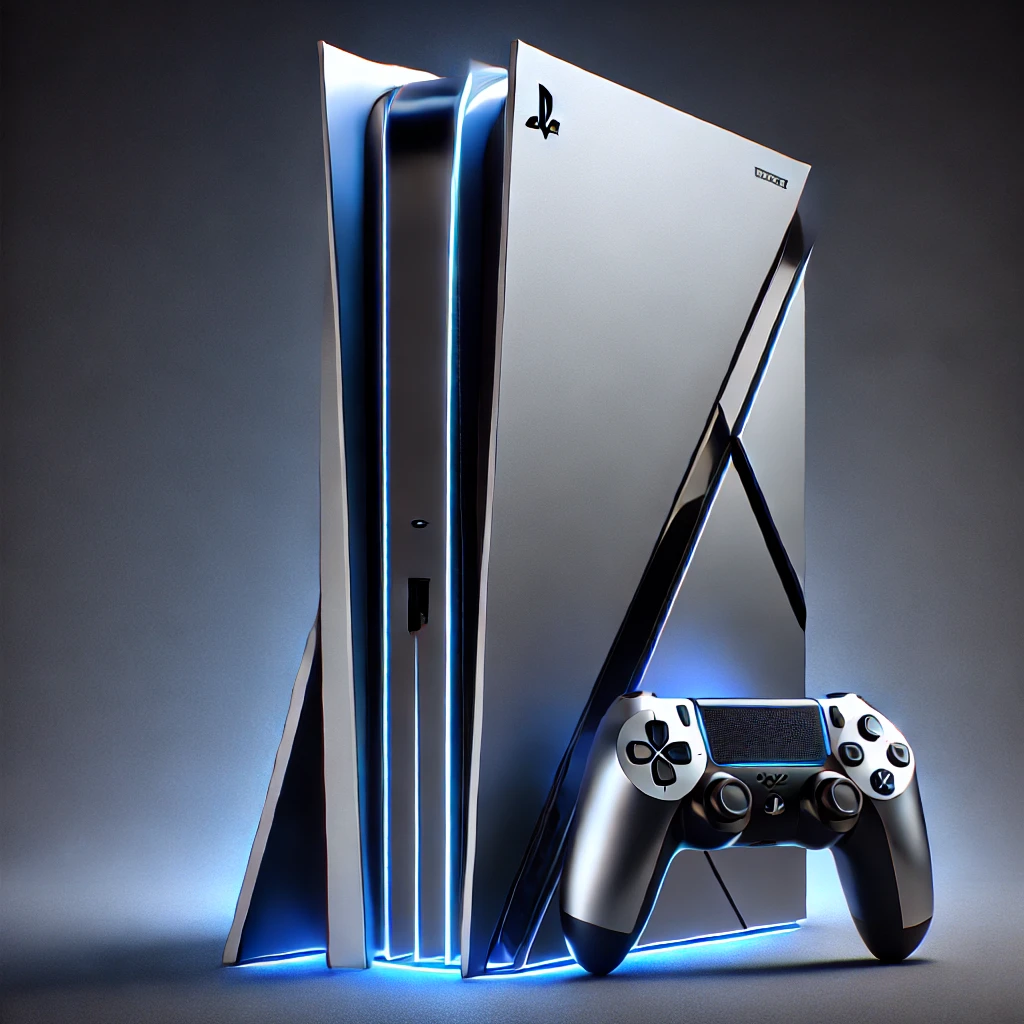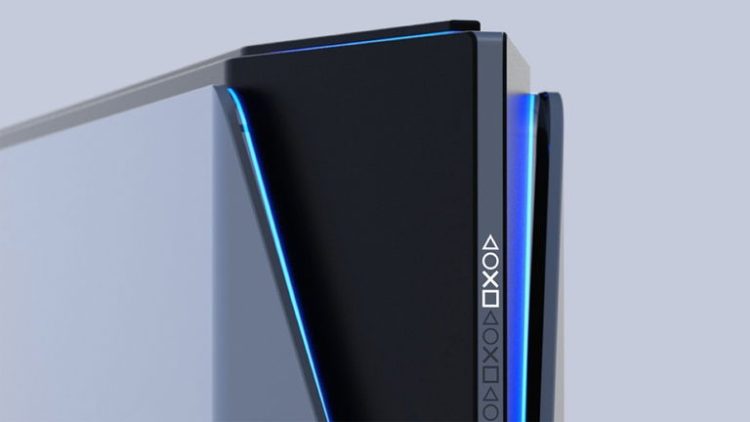The PlayStation 6 is on the horizon, and speculation about its design is rife. While the PS5 wowed with its futuristic aesthetics, the PS6 might push boundaries even further. Experts predict that the PS6 will likely embrace a sleeker design, possibly incorporating hybrid features that blur the line between gaming console and entertainment hub.

With technologies advancing rapidly, the PS6 could feature innovative hardware upgrades. Ideas like wireless charging areas and integration of advanced AMD chips are being discussed. These enhancements not only improve gaming experiences but may also change how users interact with their consoles.
A seamless user experience remains a priority for PlayStation. The PS6 will likely maintain compatibility with previous games while introducing new digital ecosystems. This focus on user-centered design ensures that the console appeals to both long-time fans and newcomers to the gaming world.
Key Takeaways
- PS6 likely features a sleeker, hybrid design.
- Enhanced hardware could focus on user interaction.
- Compatibility and user experience are prioritized.
Overview of PlayStation Evolution
The evolution of the PlayStation brand has seen significant technological advancements and changes in design. Each iteration has introduced key features, improving gaming performance and user experience.
From PS4 to PS5
The transition from the PS4 to the PS5 marked a substantial leap in gaming technology. The PS5 introduced real-time ray tracing, enhanced graphics, and faster load times. This was largely due to its custom SSD and powerful GPU.
The PS4 had already set a high standard for gaming with its robust library and strong hardware, but the PS5 pushed boundaries. Sony’s focus was on delivering immersive experiences, which is evident in the leap from the PS4’s HD capabilities to the PS5’s 4K support.
Moreover, the DualSense controller, with its adaptive triggers and haptic feedback, brought a new level of interaction, setting the PS5 apart from the PS4.
PS5 Pro and PS5 Slim
Now that the PS5 Pro is here, it’s confirmed to deliver upgraded graphics capabilities, including a more enhanced GPU and support for 8K gaming, catering to those seeking higher performance. Sony’s release of the PS5 Pro represents their focus on pushing the boundaries of console power and immersive gameplay.
Alongside this, the PS5 Slim is still anticipated to make its debut, likely offering a more compact and efficient design while keeping core functionality intact. This model is expected to cater to users who prioritize space-saving and a sleek aesthetic without sacrificing the PS5’s hallmark performance.
The release of these models reflects Sony’s commitment to giving gamers a wider range of options, ensuring there’s something for both power enthusiasts and those seeking more streamlined setups.
Hardware and Performance Expectations
The PS6 is anticipated to bring significant advancements in hardware and performance. Key areas of focus include improvements in the CPU and GPU, enhanced SSD and storage capabilities, and increased RAM, making 8K gaming potential more attainable.
Predicting PS6 CPU and GPU Advances
It is expected that the PlayStation 6 will continue to partner with AMD, leveraging their latest processors. AMD’s Zen 5 architecture might power the new console, offering a significant step up in processing speed.
On the GPU side, powerful graphics enhancements are likely to match or exceed real-time ray tracing capacities. This will enhance visual fidelity, contributing to greater detail in textures and smoother frame rates in games. The collaboration between Sony and AMD suggests potential for highly advanced graphical capabilities that rival current high-end PCs.
SSD and Internal Storage Enhancements
For internal storage, the PS6 might see improvements with larger and faster SSDs. This could result in significantly reduced load times and more fluid game streaming. Expect bigger capacities that allow players to store more games and media without worrying about storage limitations.
The focus will be on delivering a seamless gaming experience by leveraging high-speed storage technologies. This improvement will make a noticeable difference for gamers who value quick access to their library and efficient game performance.
RAM and Potential for 8K Gaming
Increasing RAM will be crucial for the PS6, especially to support high-performance gaming and multitasking capabilities. The console might feature enhanced RAM to handle 8K resolution gaming, aiming for smooth performance at 60 fps. GPU advancements will play a key role in supporting such high resolutions, aligning with trends towards increasingly immersive gaming experiences.
While 8K gaming is still in its nascent stage, the PS6 could pioneer its widespread adoption, given the rapid developments in display technology. Enhanced RAM and hardware optimizations will ensure the console can handle the demands of next-gen games at higher resolutions.

Software and User Experience
The PlayStation 6 is expected to bring significant changes to both its software and user experience. With advancements in user interface design and integration of cutting-edge technology like AI-driven upscaling and ray-tracing, the PS6 promises a new era in gaming.
The Evolution of PlayStation’s UI
The PlayStation 6’s UI is expected to refine the developments seen in previous consoles. A more intuitive and streamlined design may be on the horizon, making navigation easier for users. With updated interfaces, those familiar features may return and innovate, enhancing overall user engagement.
Improvements might include customizable layouts and faster access to games and apps. The PlayStation Store could become more user-friendly, providing quicker access to content and smoother search functions. These enhancements will help players spend less time navigating and more time enjoying games.
AI-Driven Upscaling and Ray-Tracing Integration
AI-driven upscaling is likely to become a cornerstone of the PlayStation 6, providing enhanced image quality. Artificial intelligence is expected to improve game visuals, possibly reducing processing demands and maintaining smooth gameplay. This technology could revolutionize how games look and feel on the PS6.
Ray-tracing integration may offer more realistic lighting, reflections, and shadows. By combining this feature with AI-driven upscaling, the console could deliver stunning graphics without sacrificing performance. This synergy of technologies ensures that the PlayStation 6 will provide immersive experiences, capturing the attention of gamers worldwide.
Compatibility and Ecosystem
The PlayStation 6 is expected to feature advancements in compatibility and its gaming ecosystem. Key areas include backward compatibility and the growing importance of cross-play between platforms like Xbox Series X and PlayStation.
Backward Compatibility and PlayStation Portal
Backward compatibility is a critical aspect for the PlayStation 6, aiming to support games from previous consoles like the PS5. This would enable gamers to enjoy a wider library of games without needing multiple consoles.
The PlayStation Portal enhances this by offering remote play capabilities, allowing users to access their PS6 games on various devices within the PlayStation ecosystem. This creates a seamless gaming experience across different platforms and ensures that players can continue enjoying popular titles like Call of Duty, regardless of their console choice.
Cross-Play with Other Platforms
Cross-play is increasingly significant in fostering inclusive gaming communities. The PlayStation 6 aims to support cross-play with other platforms such as the Xbox Series X, enhancing the gaming experience through multiplayer sessions across different consoles.
The collaboration with companies like Activision Blizzard allows popular titles to be enjoyed together, regardless of the console. This factor not only broadens the gaming community but also increases the overall enjoyment of games like Call of Duty within a connected ecosystem. Incorporating cross-play can potentially eliminate barriers between different console users, creating a unified space for all gamers.

Frequently Asked Questions
The PlayStation 6 is generating buzz with rumors about its release timeline, potential features, and how it might stack up against other consoles. This section addresses common queries to provide clarity on what to expect.
When can we expect the release of the PS6?
The release of the PS6 is anticipated around 2027 or 2028. This prediction is based on Sony’s past console cycles, where new consoles are typically launched every six to seven years. Experts suggest the PS5, released in 2020, will continue its lifecycle for a few more years.
What are the rumored features of the upcoming PS6?
The PS6 is expected to introduce advanced hardware and possibly a handheld variant. Rumors also suggest enhancements in processing power and graphics capabilities, aiming to deliver a more immersive gaming experience.
Will the PS6 support backward compatibility with previous generation games?
There’s speculation that the PS6 will support backward compatibility. This means players may be able to enjoy games from previous PlayStation consoles, including the PS5, on the new platform, ensuring a seamless transition for gamers.
What improvements in graphics and performance are anticipated in the PS6?
The PS6 is expected to feature significant improvements in both graphics and performance. With advancements in processing power, gamers can anticipate more realistic visual effects, faster load times, and smoother gameplay.
Has the developer confirmed any details about a PS5 Pro or PS6?
The PS5 Pro has been officially confirmed by Sony and is set to release on November 7, 2024. It boasts significant hardware upgrades, including a 67% increase in Compute Units for its GPU and advanced ray tracing capabilities, offering up to 45% faster rendering compared to the base PS5. It also introduces PlayStation Spectral Super Resolution (PSSR), a new AI-driven upscaling technology that enhances image clarity. Pre-orders started in late September 2024.
PlayStation Universe Sony Interactive Entertainment.
As for the PlayStation 6 (PS6), while there has been no official announcement, rumors suggest that Sony may have showcased an early prototype to key partners during the Tokyo Game Show 2024. Leaks indicate that the PS6 could feature AMD chipsets, enhanced upscaling technology, and backward compatibility. It’s expected to arrive around 2027 or 2028, following Sony’s typical six-to-seven-year console cycle.
How will the PS6 differentiate itself from its competitors in the next generation of gaming consoles?
The PS6 will likely focus on cutting-edge technology and exclusive game titles to stand out. Sony may also emphasize integration with virtual reality and innovative controller designs to offer a unique gaming experience compared to its competitors.






